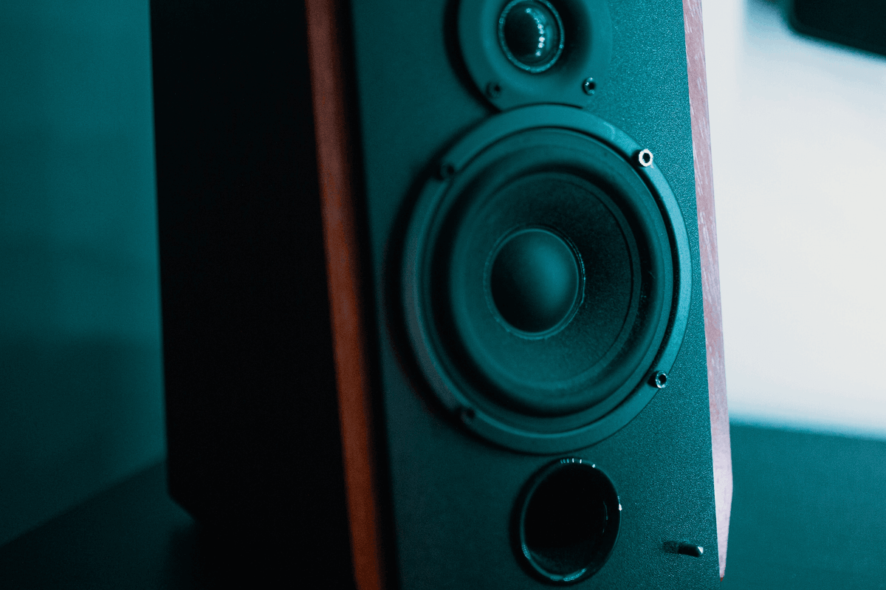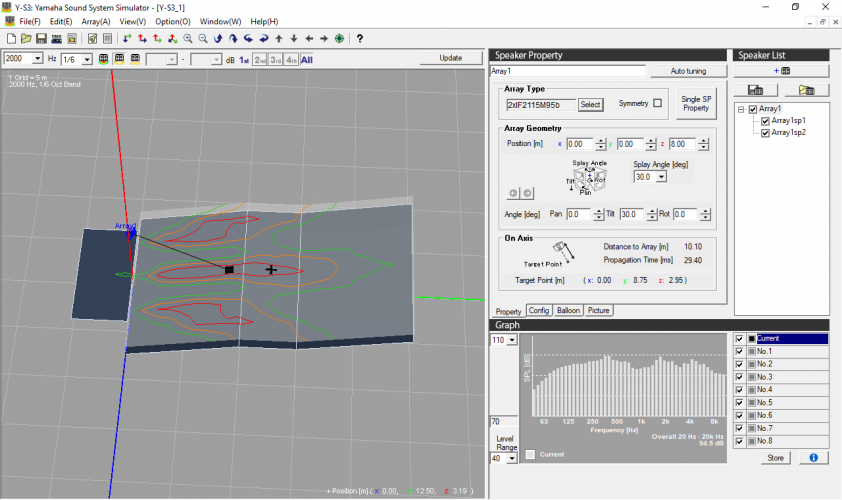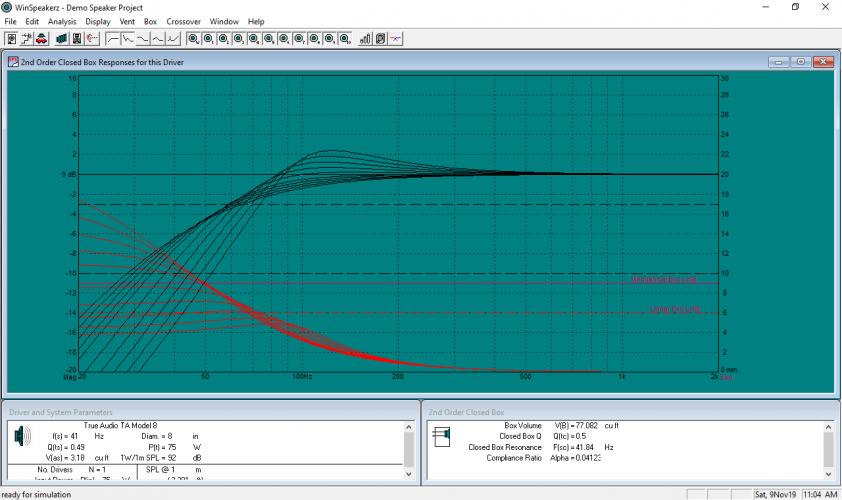Best speaker simulation software for Windows 10/11
5 min. read
Updated on
Read our disclosure page to find out how can you help Windows Report sustain the editorial team Read more

What are the best speaker simulation software utilities?
EASE Focus 3
Designed as a free speaker simulation software tool, EASE Focus 3 primarily focuses on testing acoustics. It features 3D modeling functions for several kinds of speakers, including conventional, digitally steered columns, line arrays, and sub-arrays.
The program is wrapped in a simple interface, where you can begin a project by adding the sound source. When adding the audience zone, you can select its shape, even if we are talking about a stadium with curved and inclined seating.
You can explore multiple sound sources and tinker with various attributes like frequency, bandwidth, temperature, air pressure, and humidity. The distribution graph is displayed on the bottom part of the window, together with other view modes.
The sound coverage is immediately computed by EASE Focus 3 so that you can find out the frequency response. Because the software product is backed by several major speaker makers, it’s possible to simulate devices from multiple manufacturers within the same project.
Pros:
- It is free
- Lets you test out various sound settings
- It features 3D modeling functions for several kinds of speakers
Cons:
- Not as feature-packed as the other alternatives
Y-S3 Yamaha Sound System Simulator
Yamaha Sound System Simulator is a free-to-use software utility that can help you determine the best position of speakers in any kind of venue by simulating multiple aspects.
To get started with Y-S3 Yamaha Sound System Simulator, you must set up the venue shape, size, number of floors, along with the listener’s ear height above the floor.
The properties of the speakers must be added in the following steps, including position and angle. Based on these settings, the tool generates the 3D coverage area of the venue with the speaker placement and gives you the possibility to make further adjustments, like changing the array data.
For instance, you can get a clear idea of how many points are necessary to put together a design system by determining the sound pressure distribution affected by speaker interference, the frequency response, and the floor sound pressure levels after modifying the system gain.
Pros:
- It is free
- Lets you calibrate the software to the exact needs of the room
Cons:
- Not beginner-friendly
SpeakerSim
SpeakerSim is a plugin that can be integrated with any VST or AAX host to simulate different kinds of speakers. It’s specially designed for audio processing in TV and movie post-production, music production, and for generally checking audio mixes within distinct environments.
The plugin is presented in a stylish dark-themed interface, where you can experiment with over 18 speaker simulations, such as headphones, computers, car speakers, cellphones, answering machines, radio, toys, or jukeboxes.
You can take advantage of a Lo-fi distortion tool, intelligent Limiter, a 3-band equalizer with low shelf, mid and high shelf, along with LowPass and HighPass filters.
It’s also possible to create transition effects and use SpeakerSim with many kinds of tracks, including synths, vocals, basses, and acoustic elements.
Pros:
- Comes with a free demo
- Can simulate a wide variety of speakers
- Advanced sound filters
Cons:
- The price tag
VituixCAD
VituixCAD is a free Windows application that takes a more complex approach toward speaker simulation software solutions. It can be used with active and passive loudspeakers that have any number of separate frequency bands and drivers.
When starting a project, you can add driver types, the nominal sound pressure level and other properties, set the frequency response, polarity, delay, and smoothing if required, as well as insert the impedance response and make adjustments (if any).
It’s also necessary to estimate the axial and power response, along with the axial responses of each driver. Then, you can draw the crossover, enter filter blocks and manually adjust their settings.
To get it right, it’s advisable to keep tweaking the circuit properties until your project hits the target values you previously estimated for the directivity index and axial, power, polar and impedance response.
Pros:
- It is free
Cons:
- Not for beginners
WinSpeakerz
The last item on our list, WinSpeakerz is a Windows software product that you can use to design and evaluate various kinds of loudspeaker systems. It comes with many advanced options and configuration settings.
To get started, you can import a bass speaker from the driver database into the workbench and set the audience area. 18 variations are available for closed, vented and bandpass boxes, so there are plenty of options worth exploring.
After settling on the box type, it’s time to specify different audio levels, make adjustments, and run the analysis. For example, you can instruct WinSpeakerz to calculate the system’s response on the workbench and simulate various responses like frequency, excursion, phase, group delay, and impedance.
Since you can save up to 10 system memories into the same project file, it means that you can load up to 10 systems on the screen at once, in order to compare them. A detailed report of the system currently loaded in the workbench can be printed for closer inspection.
Pros:
- A great speaker evaluation tool
- Can save up to 10 systems in its memory
Cons:
- The free demo is pretty limited
Conclusion
Taking everything into account, do not hesitate to take advantage and try out the five-speaker simulation software tools designed to help you design the perfect home audio systems or other types of venues.













